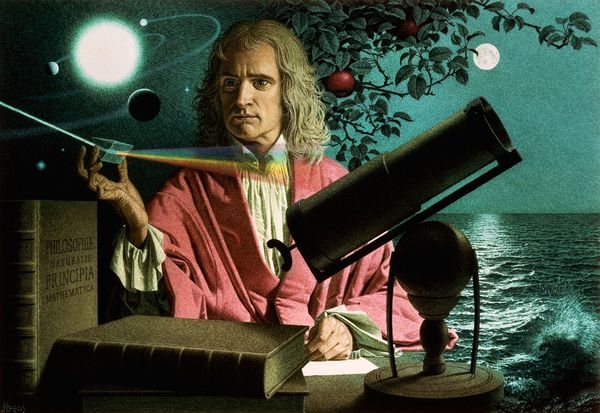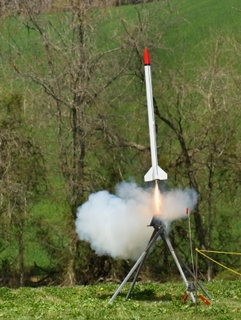-
“뉴턴의 운동법칙”
Newton's
The Three Laws of Motion

There are three laws of motion:
관성의 법칙
An object will remain at rest or moving in a straight line unless acted upon by an external force.

가속도의 법칙
When force is applied to an object, it will accelerate (Force = mass x acceleration).

작용 반작용의 법칙
For every action, there is an equal and opposite reaction.

First published when Newton was 43, the three laws remain the cornerstone of modern physics. Some die-hard physicists have even had the laws tattooed on their skin.
For centuries, scholars have wrestled with the fundamental concepts of motion. The Greek philosopher Aristotle thought smoke moved upwards because smoke was mostly air, and therefore was consciously deciding to go into the sky to hang out with the rest of its air buddies. French philosopher René Descartes devised laws of motion that were very similar to parts of Newton's first and third laws, but he still held that "God is the primary cause of motion and always conserves the same quantity of motion in the universe" [source: Descartes].
The genius of Newton's laws is that they're so poetically simple. Using only these three basic laws, scientists now had a road map for all planetary motion, from the movement of electrons to the movement of the planets. Whether you're designing F-1 cars or figuring out why apples plummet to the earth after breaking free from a tree branch, Newton's three laws have you covered.
by Tristin Hopper